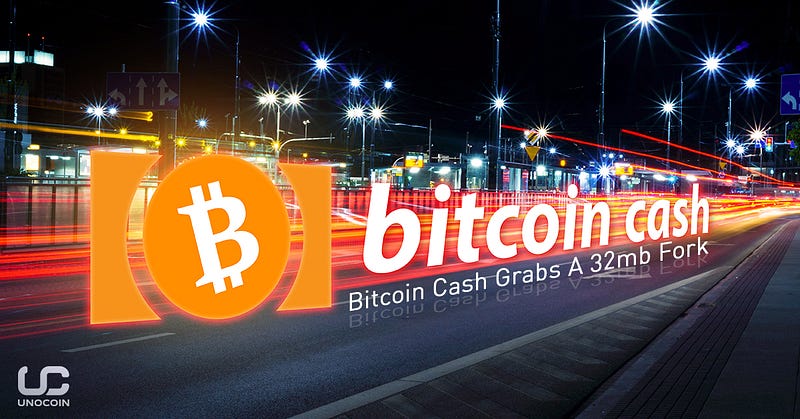
The conception of Bitcoin Cash in August 2017, was a result of dissatisfaction with the Segregated Witness (SegWit) feature. Since then, Bitcoin Cash and its supporters have been striving to establish their reputation as the “true bitcoin”. On May 15, Bitcoin Cash underwent a long anticipated hard-fork successfully wherein its block size was upgraded to 32MB. Since most cryptoassets are built on ledger systems comprising of ‘blocks’, the term block-size simply denotes the amount of data that can be recorded in a block. Higher the block size, more number of transactions can be saved in the block.
About the base block size increase
The Bitcoin Cash Network has tripled its base block size from 8MB to 32MB. The increase in the default data-carrier-size to 220 bytes will help accommodate a higher transaction throughout for every block. People believe it was better that the upgrade occurred at a stage when there is scope for Bitcoin Cash to grow and not later when the growth might have slowed down.
The upgraded block size provides Bitcoin Cash an opportunity to scale. Some other blockchains have been trying to do this by adopting methods like Lightning Network and Proof of Stake (a system that requires the user to show ownership of a certain number of digital coins). However, Bitcoin Cash is unique because it attempts to scale up by solving issues at the consensus protocol layer. The solution mentioned here will maintain the Proof of Work model.
The block size limit increase gives Bitcoin Cash the largest block size limit among all the big coins. The recent hard-fork also saw the revival of a few previously disabled op-codes that permit colored tokens, second-layer automated processes, and smart-contract scripting. Op-codes are basically coded functions or commands that enable the existence and functioning of cryptoassets.
Drawbacks of the block size increase
The upgrade of the base block size might bring along greater vulnerability to spamming attacks. Since the block size was previously restricted to prevent DDoS (Distributed Denial of Service) attacks from clogging the network due to overwhelming traffic, this upgrade might have to be closely monitored for probable cryptoasset attacks and security issues.
What else comes in the hard fork?
A few machine-scripting operation codes, called “Satoshi Op-codes” are being re-established by the Bitcoin Cash developer community. This would not only allow developers to create different types of metadata implementations but also create “colored coins” or representative tokens. These tokens can in turn be tagged in a specific way to correspond to physical and virtual entities like bonds, stocks, precious metals and commodities.
Currently the 4th largest token with a market cap of around $23.3 billion, Bitcoin Cash intends to grow its network. It aims to offer faster transaction speeds and lower costs to its users, as well as a smart contract feature. One can only wait to see if this move helps the cryptoasset’s network to earn a high level of usability among developers, miners, and users.






